Common Pests we Tackle and Remove
Is your home or business under siege from unwanted guests? At Harvey’s Pest Control Bristol, we understand that pest invasions can turn your sanctuary into a battleground. From sneaky cockroaches scurrying in the shadows to persistent rodents gnawing at your peace of mind, we’ve seen it all. Don’t let bed bugs rob you of a good night’s sleep, or wasps and pigeons turn your outdoor spaces into no-go zones. Our expert team is ready to tackle these common culprits and more, using safe, effective methods that put your comfort first. We’re not just pest controllers; we’re your partners in reclaiming your space. Ready to bid farewell to these unwelcome visitors? Schedule your free consultation and take the first step towards a pest-free environment today!
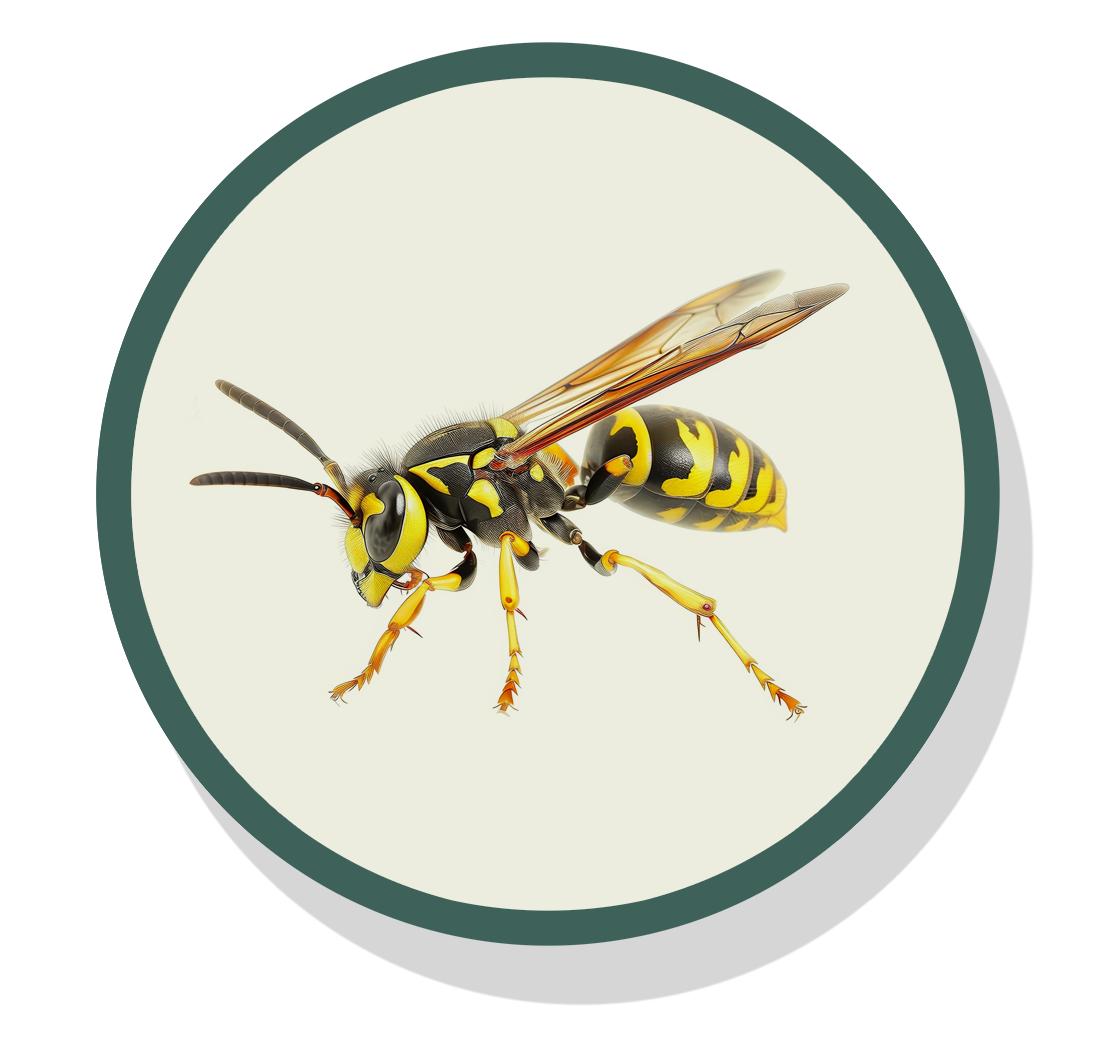
Wasps and Wasps' Nests Removal
Wasps play a crucial role in our ecosystem, but they can become a right pain in the backside when their nests mature in late summer. These stripy little blighters prefer sweet treats, which often leads to unwanted encounters with humans.
Unlike their buzzy cousins, bees, wasps don’t need much of an excuse to sting you. Moreover, squashing one can lead to a full-on wasp riot! Consequently, indoor nests or those near building entrances pose a serious risk.
In the British Isles, German Wasps and Common Wasps are the most prevalent stingers. Their yellow and black attire might look dapper, but their stings pack a punch and can trigger severe allergic reactions.
Remember, it’s crucial to correctly identify the species before any extermination attempts. After all, we wouldn’t want to accidentally off any innocent bees, would we? Get in touch with us today for correct and safe removal.
Rats & Rat Nest Removal
Rats, those clever little rascals, aren’t just cereal enthusiasts – they’ll nick your eggs and chicks too if they’re peckish! These cautious creatures take their sweet time getting comfy with new objects, preferring snug spaces and using their whiskers to navigate.
Surprisingly, rats are quite the neat freaks, spending a fifth of their day preening. However, they’re still disease carriers, so watch out!
These furry menaces breed like, well, rats – reaching adulthood in a jiffy and popping out litters faster than you can say “cheese!”
At Harvey’s Pest Control, we’re the rat-busting experts in Bristol. We’ll discreetly sort your rodent troubles, whether it’s pesky individuals or entire nests.
Our arsenal includes grain baits. For the stubborn ones, we might even resort to trapping or gassing – but don’t try this at home, folks!
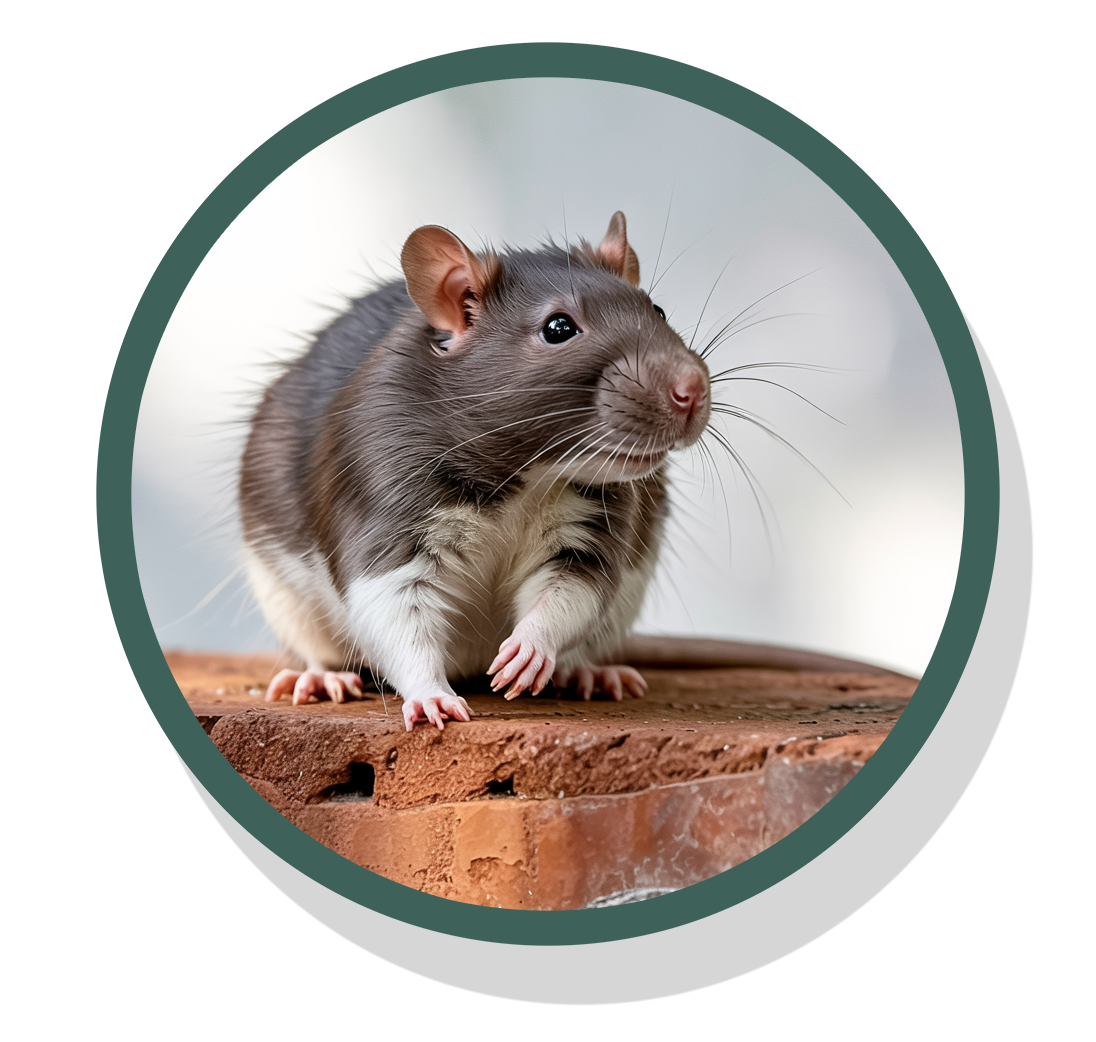
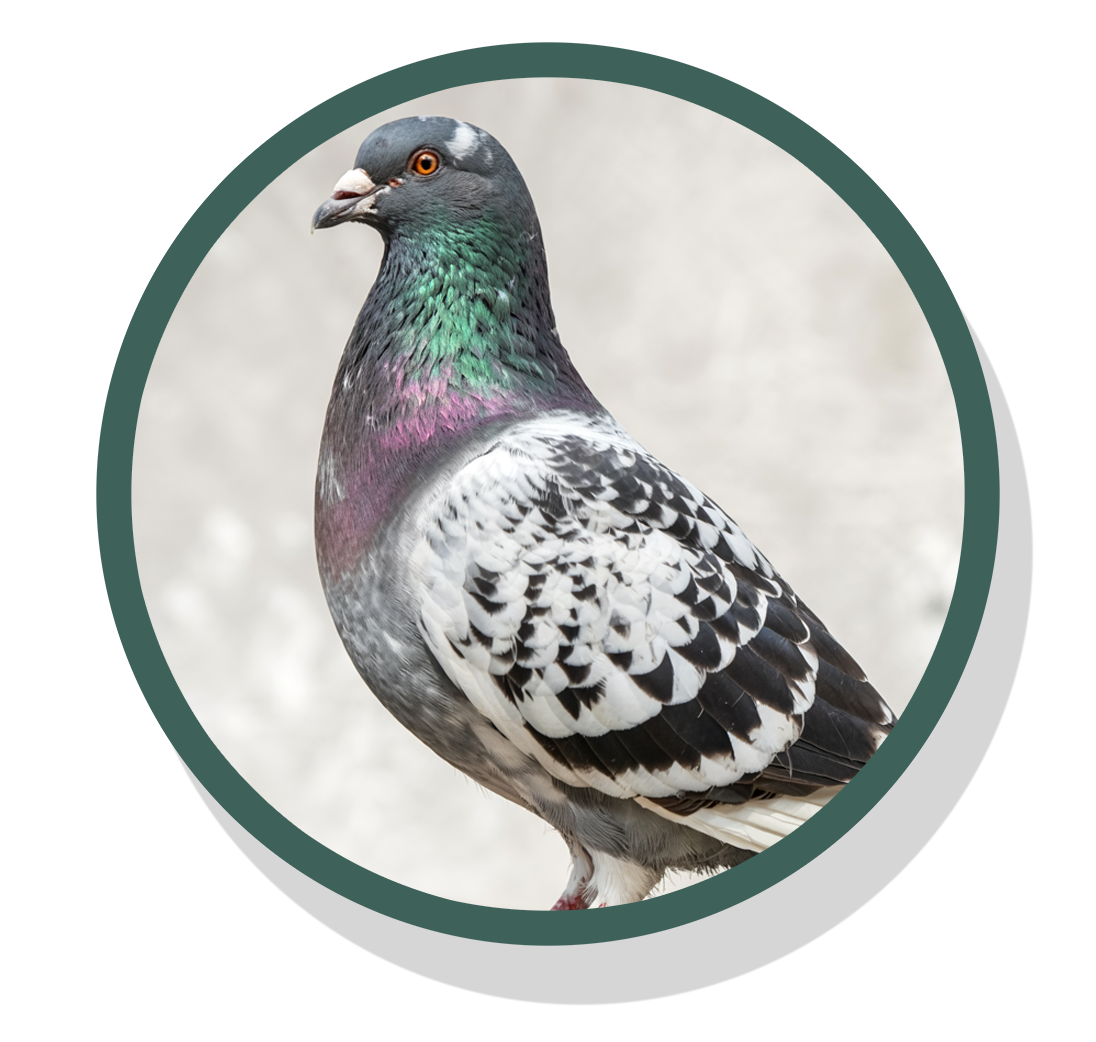
Pigeons
Pigeons hold the title of the most common pest bird across the globe. They contribute significantly to bird fouling, which can lead to the spread of fungal infections. Over time, their droppings can even cause serious structural damage to buildings, which is a concern for property owners everywhere.
At the very least, pigeon droppings on corporate signage can tarnish a brand’s image, making it look unkempt and unprofessional. No one wants to associate their business with a mess, right?
Fortunately, various techniques exist to deter pigeons from nesting in unwanted areas. For instance, you can install spiking on ledges, rooftops, walls, and other perches. This method effectively discourages pigeons from settling down. Additionally, using netting can prevent these birds from entering buildings, courtyards, and rooftops, keeping your spaces clean and tidy.
In conclusion, while pigeons may seem harmless, their presence can lead to significant issues. By taking proactive measures, you can protect your property and maintain a positive image. After all, a clean environment is a happy environment, and nobody wants to deal with the mess that pigeons leave behind!
Fleas (Cat & Dog)
Fleas, those tiny brown acrobats, are the bane of pet owners everywhere. These 2-3 mm long insects use their powerful hind legs to leap onto unsuspecting hosts. Talk about uninvited guests!
Female fleas are prolific egg-layers, depositing up to 1000 pearly-white eggs in their lifetime. These eggs then hatch into larvae, which thrive in dark, humid places like your cat’s favourite napping spot. Imagine, a single cat bed could house 8000 immature and 2000 adult fleas. That’s quite the family reunion!
To tackle a flea infestation, you’ll need to be thorough. Vacuum rigorously, treat your pets, and apply insecticides. Remember, even a 99% kill rate might not be enough. So, let’s keep at it until we’ve sent these pesky parasites packing!
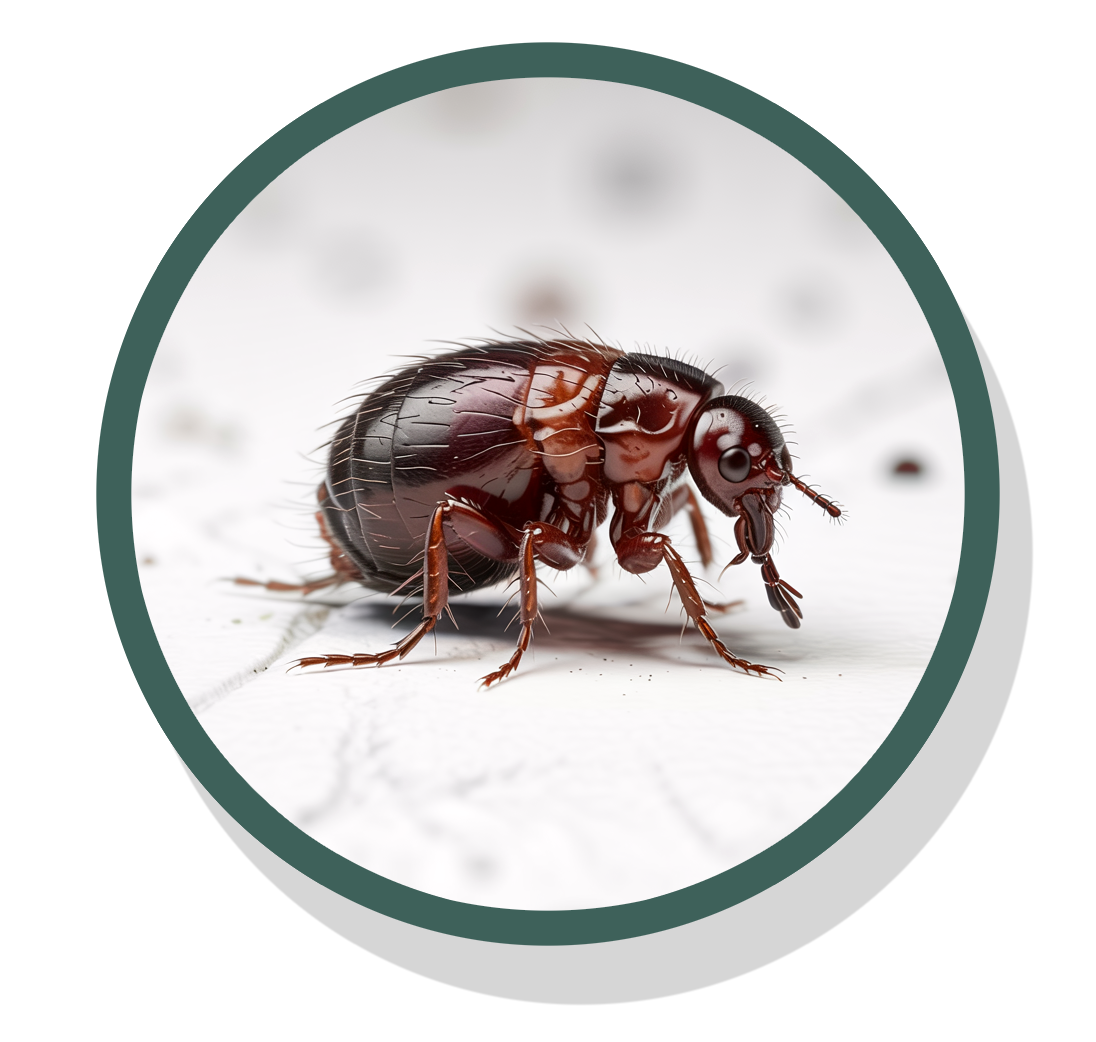
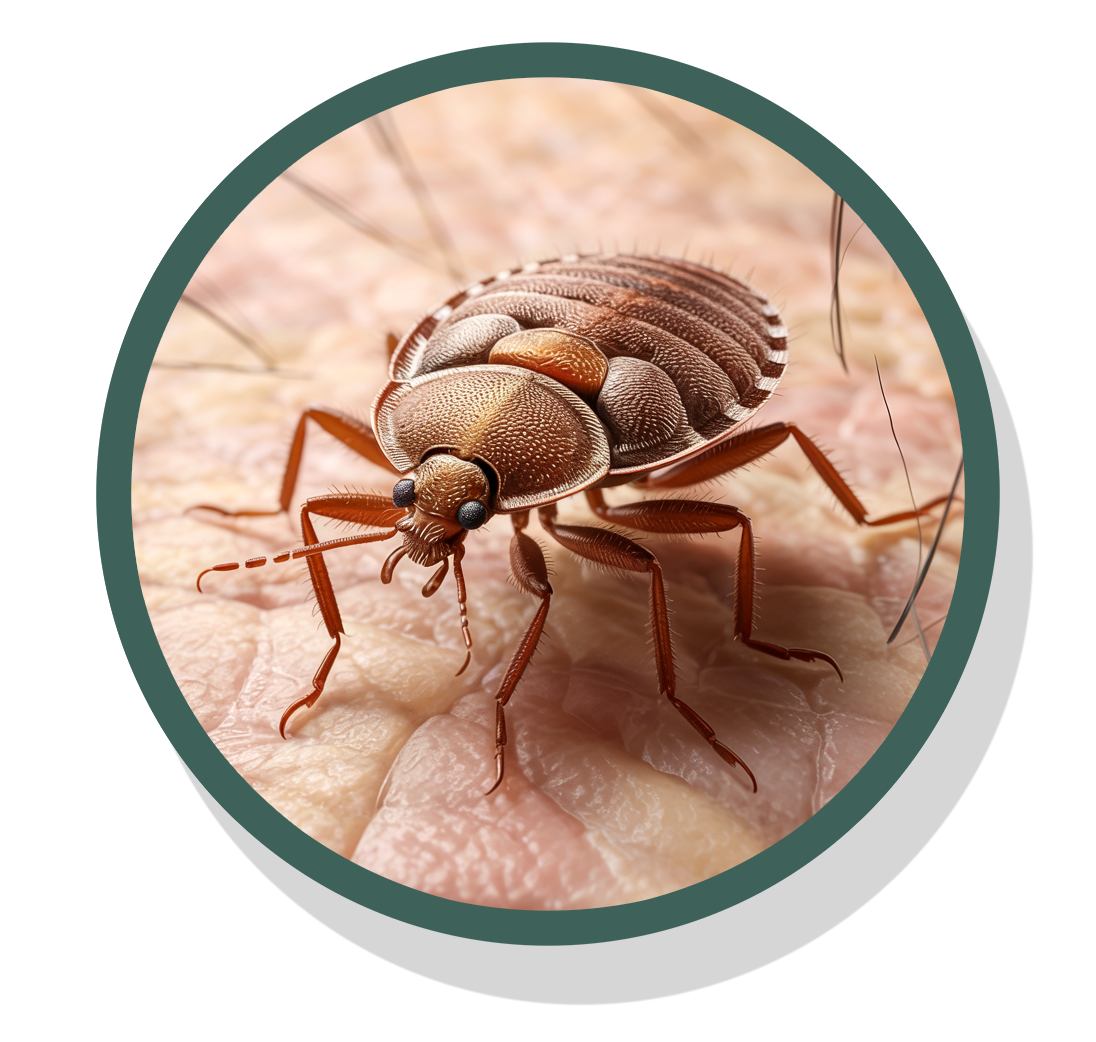
Bed Bugs: Tiny Terrors of the Night
Bed bugs, those sneaky little vampires, are oval-shaped insects about 5mm long. They’re reddish-brown when hungry but turn into plump, dull-red blobs after a good feast. These nocturnal nuisances prefer humans but won’t turn their noses up at other warm-blooded animals.
During the day, they hide in cracks and crevices, emerging at night for their blood buffet. Their bites often cause itchy, swollen welts – a lovely parting gift, really.
Female bed bugs are prolific breeders, laying up to 500 eggs in their lifetime. These resilient pests can survive without food for months, sometimes even a year.
To tackle a bed bug infestation, you’ll need to channel your inner detective. Inspect every nook and cranny, then treat with appropriate insecticides. Remember, persistence is key in this itchy battle!
Mole
Moles, those cheeky little underground dwellers, are quite the characters in British wildlife. These furry fellows, rarely exceeding 20cm, sport a sleek, dark coat that’s as smooth as a politician’s promises. Despite their poor eyesight, they’re ace at finding food by sensing vibrations.
These solitary creatures fiercely defend their territories, only mingling for a bit of romance. Once a year, they’ll welcome up to seven adorable mole-lets, who stick around for about five weeks before venturing out on their own.
While moles can wreak havoc on gardens, pest controllers have a few tricks up their sleeves. They might use traps or, in public areas, employ toxic gas pellets. However, remember, these methods are strictly for the professionals – no DIY mole control, folks!
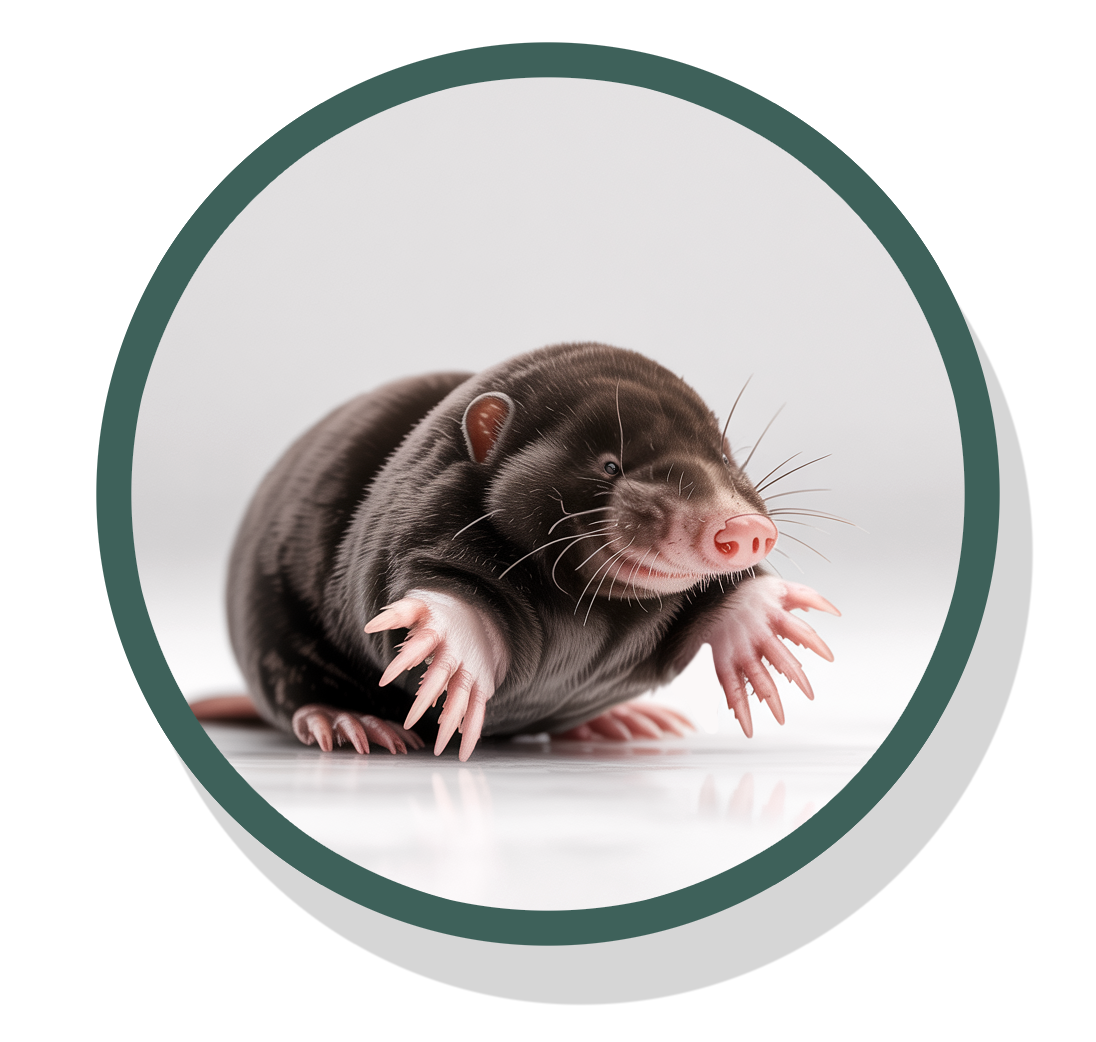

Grey Squirrel
The grey squirrel, an American import from the late 1800s, now thrives across the UK. While it’s often blamed for the red squirrel’s decline, habitat loss plays a significant role too. These larger, grey-brown critters with white bellies are quite the characters!
These daytime foragers aren’t picky eaters. They’ll munch on seeds, nuts, insects, bird eggs, and even your discarded snacks. Talk about adaptable! Come autumn, they’re busy squirreling away food for winter – how thoughtful!
Breeding twice yearly, they’re prolific little fellows. But don’t let their cuteness fool you; they can be right pests! They’ll chew through your home faster than you can say “nuts”! In forests, they’re bark-stripping menaces.
To control these furry troublemakers, trapping is your best bet. Just remember to follow the rules and be humane, even if they’ve driven you up the wall!
House Mice
These tiny troublemakers, barely 90mm long and 20 grams heavy, sport a dapper grey-brown coat with a slightly paler belly. Their tails? A fashionable 75% of body length.
These adaptable omnivores munch through 2-3 grams daily, often skipping the water cooler chat. They’re proper busy bees, reaching adulthood in six weeks and popping out up to eight litters yearly. Talk about overachievers!
To show these uninvited guests the door, scatter anticoagulant baits liberally – they come in flavours like grain, blocks, and paste. For a quick eviction, traps work a treat. And don’t forget to mouse-proof your gaff for long-term peace.
Wood Mouse
Meet the Wood Mouse, the House Mouse’s slightly larger cousin with a tail as long as its body. This chap sports light brown fur, a pale belly, and eyes that seem to be perpetually surprised.
Unlike its homebody relative, the Wood Mouse prefers the great outdoors, only popping into buildings for a quick snack or shelter. It’s easily confused with the
Yellow-necked mouse but lacks the fashionable yellow neckband.
If these furry friends start causing trouble indoors, treat them like House Mice: set traps, use slow-acting baits, and plug up entry points. After all, we can’t have them thinking your home is their personal Airbnb, can we?
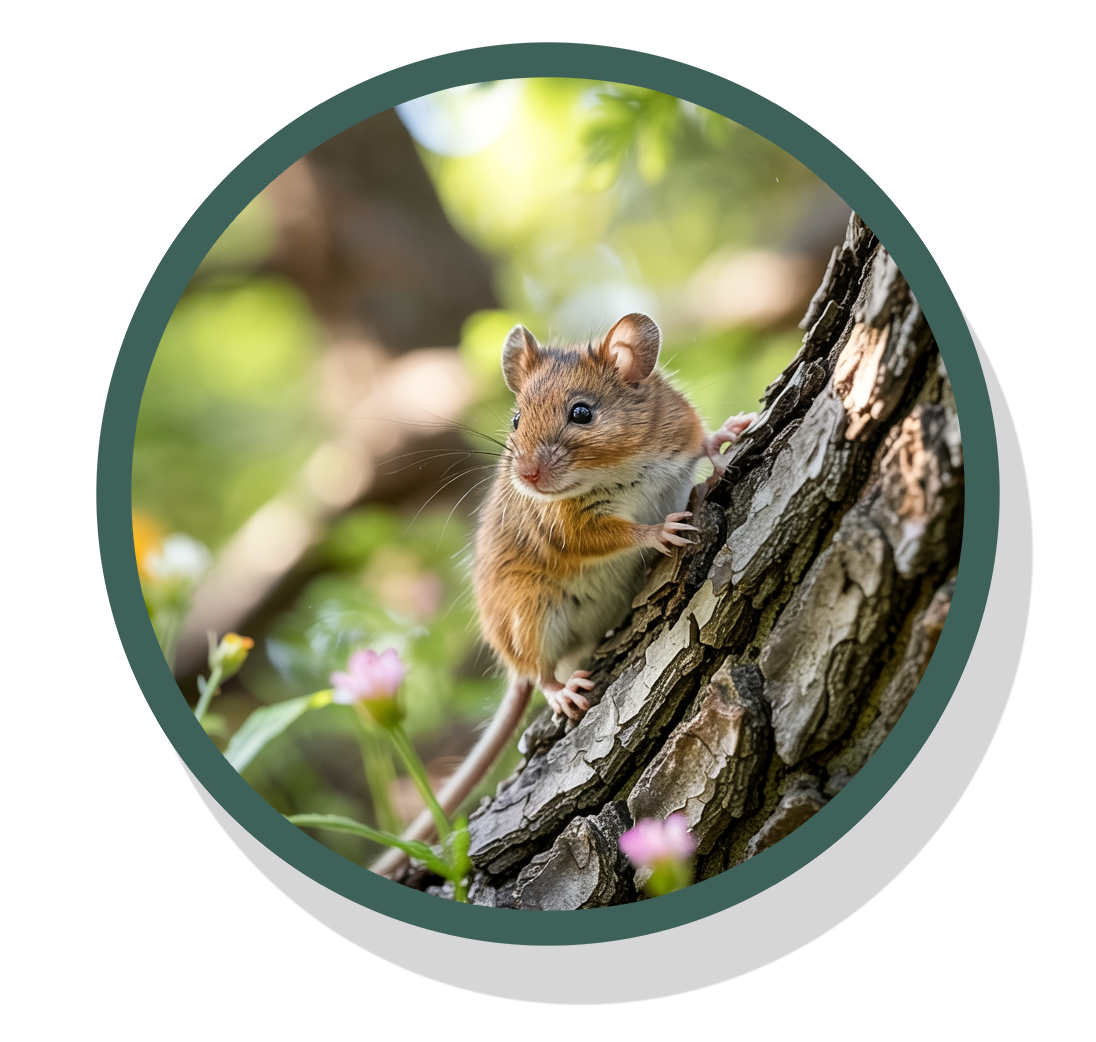
Contact us at Harvey's Pest Control Bristol
Leave a Review
Leave a review for Harvey’s Pest Control on Google
Our pest control services cover...
Bristol, Bath, Weston-super-Mare, Banwell, Clevedon, Portishead, Radstock, Marksbury, Compton Dando, Keynsham, Corsham, Box, Frampton Cotterell, Wick, Mangotsfield, Yate, Avonmouth, Bedminster, Bishopsworth, Brentry, Brislington, Caldicot, Central Bristol, Chipping Sodbury, Clifton, Cotham, Dundry, Eastville, Emersons Green, Filton, Fishponds, Henleaze, Hotwells, Kingswood, Midsomer Norton, Nailsea, Patchway, Redfield, Redland, Staple Hill, St. George, Stoke Bishop, Thornbury, Whitchurch, Wick and Willsbridge.
If your area is not listed, please get in touch today as they are not exclusive. Our pest control experts are more than happy to assist with your enquiry.
Copyright: Harvey’s Pest Control Bristol 2024-25
Part of Days Facilities Bristol Limited. Company number 15064512.
